Young Australians should be encouraged to join a revamped, voluntary national service where over 18s can enlist in the military or community service, according to one defence industry expert.
The suggestion from Lincoln Parker, chair of the Liberal Party’s Defence and National Security Policy Branch, was one of several to overhaul the country’s defence force so it is better prepared for any conflict in the Indo-Pacific region.
“It is a very strong investment for the country and our future,” he told The Epoch Times. “Because not only does it take the burden off the Australian Defence Force (ADF) when emergencies occur, it also helps those communities in times of need because you’ve got that dedicated resource.”
Parker, who has 20 years’ experience in defence research and technology, said the last time Australia ran a national service program in the 1950s it enjoyed “overwhelming public support.”
“It also provides our youth with a sense of belonging and understanding giving back to the community, which we’ve seen in our studies of [countries like] Norway,” he said. “Kids are clamouring and there are waiting lists to get into the national and community service not just because they want to help their own community, but because they found that employers love the end result.”
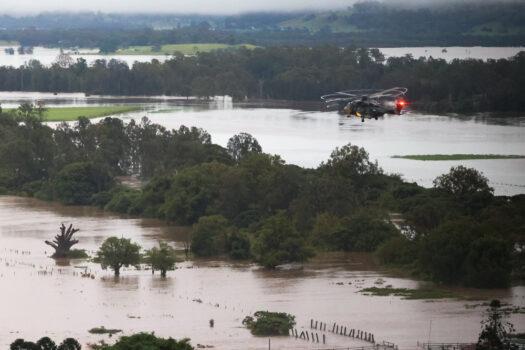
Meanwhile, military expansion has been a major policy focus for the Morrison government over the past few years amid increasing tensions in the region.
Concerns have been raised, including criticisms from Labor, over delivery of the projects (slated 10–15-year delivery times) as well as “capability gaps”—the gap between the introduction of new hardware, and when old hardware is retired.
“After a production line of six defence ministers in this government—and two goes at landing on a [submarine] model—we now have no contract for any submarine, and a looming submarine-shaped capability gap,” he said.
Parker expressed similar concerns saying the government needed to do everything to ensure Australia was not vulnerable.
“We need submarines. Are there possibilities for us to lease or buy off-the-shelf?” he said. “There are a bunch of Los Angeles-class submarines (in the U.S. Navy) due to be retired or refitted,” he said.
“Could we do a deal with the Americans whereby we lease one of their submarines—they crew half of it, and we crew the other half so we can get trained up? Then we have one or two LA-class submarines operating out of Australia,” he added.
“I think it would provide us with capability in a much shorter amount of time, and at least have our adversaries thinking twice.”
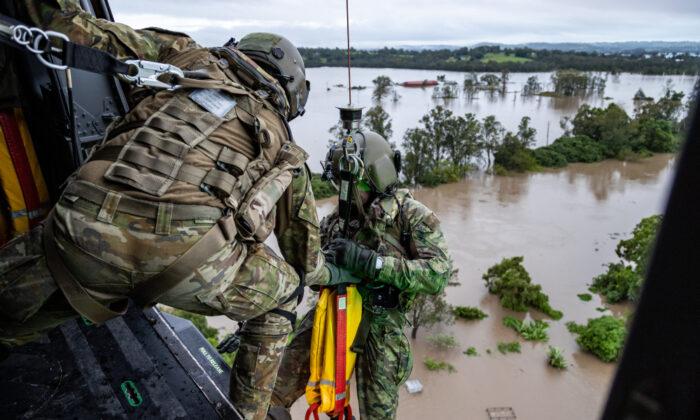


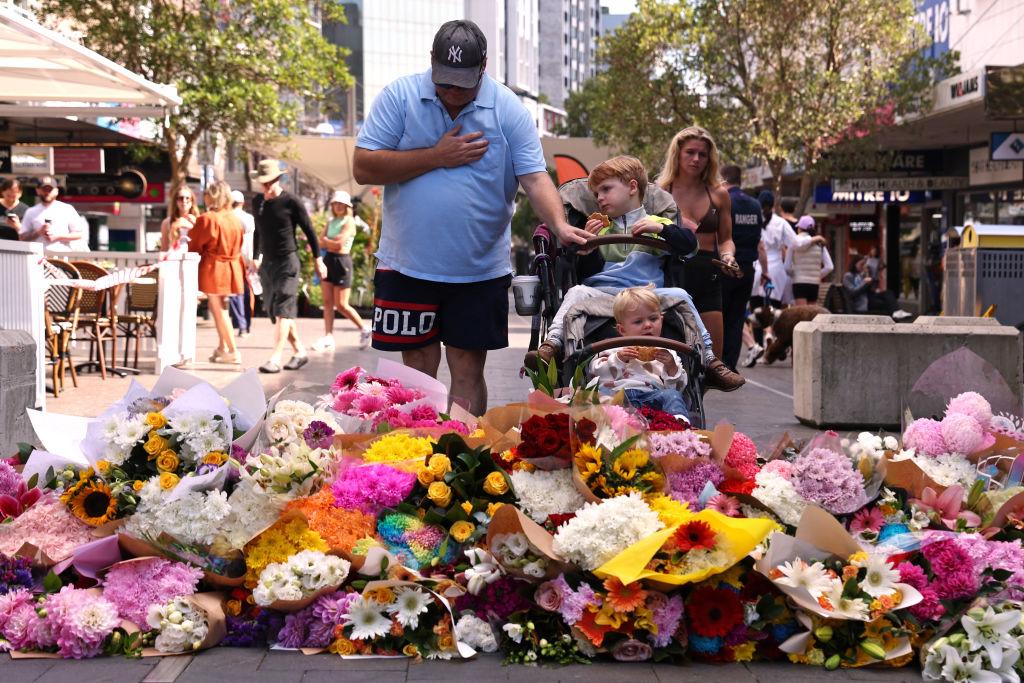
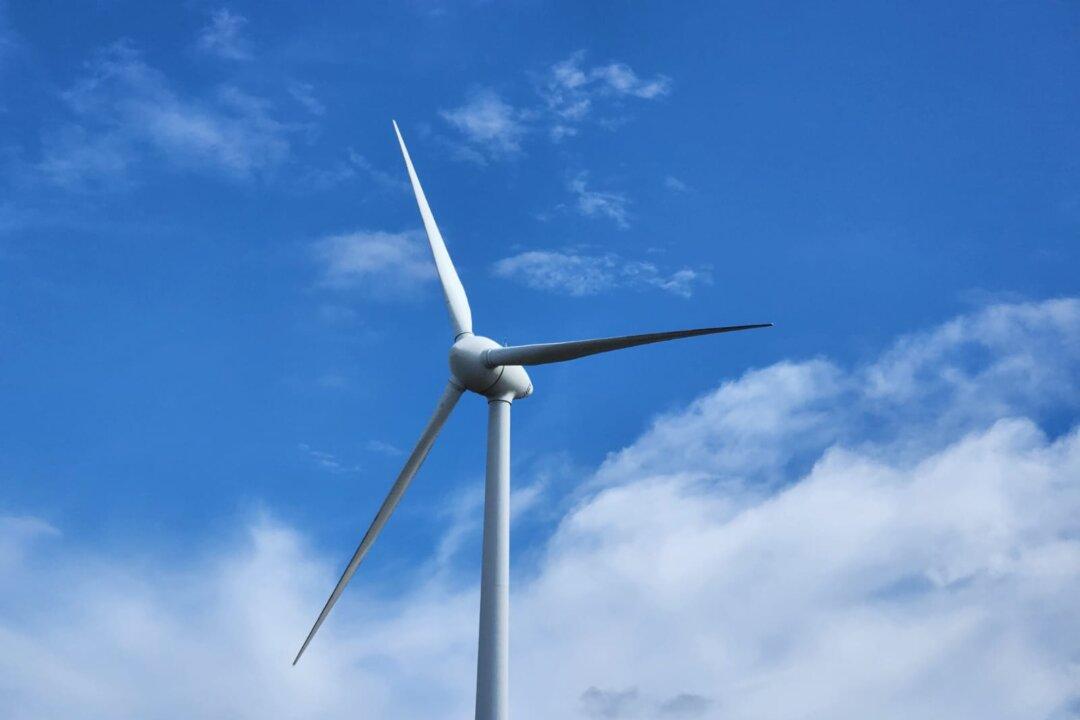
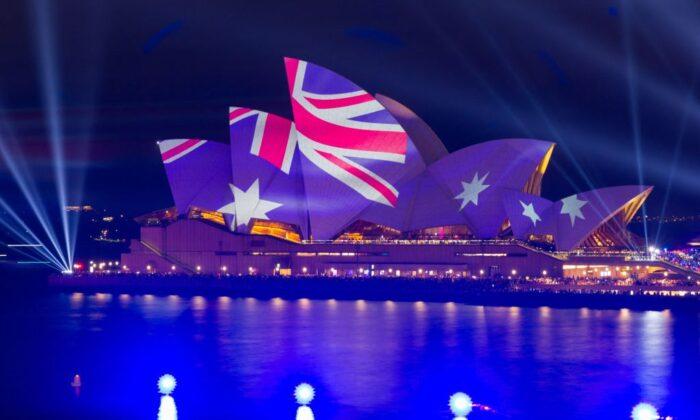
Friends Read Free